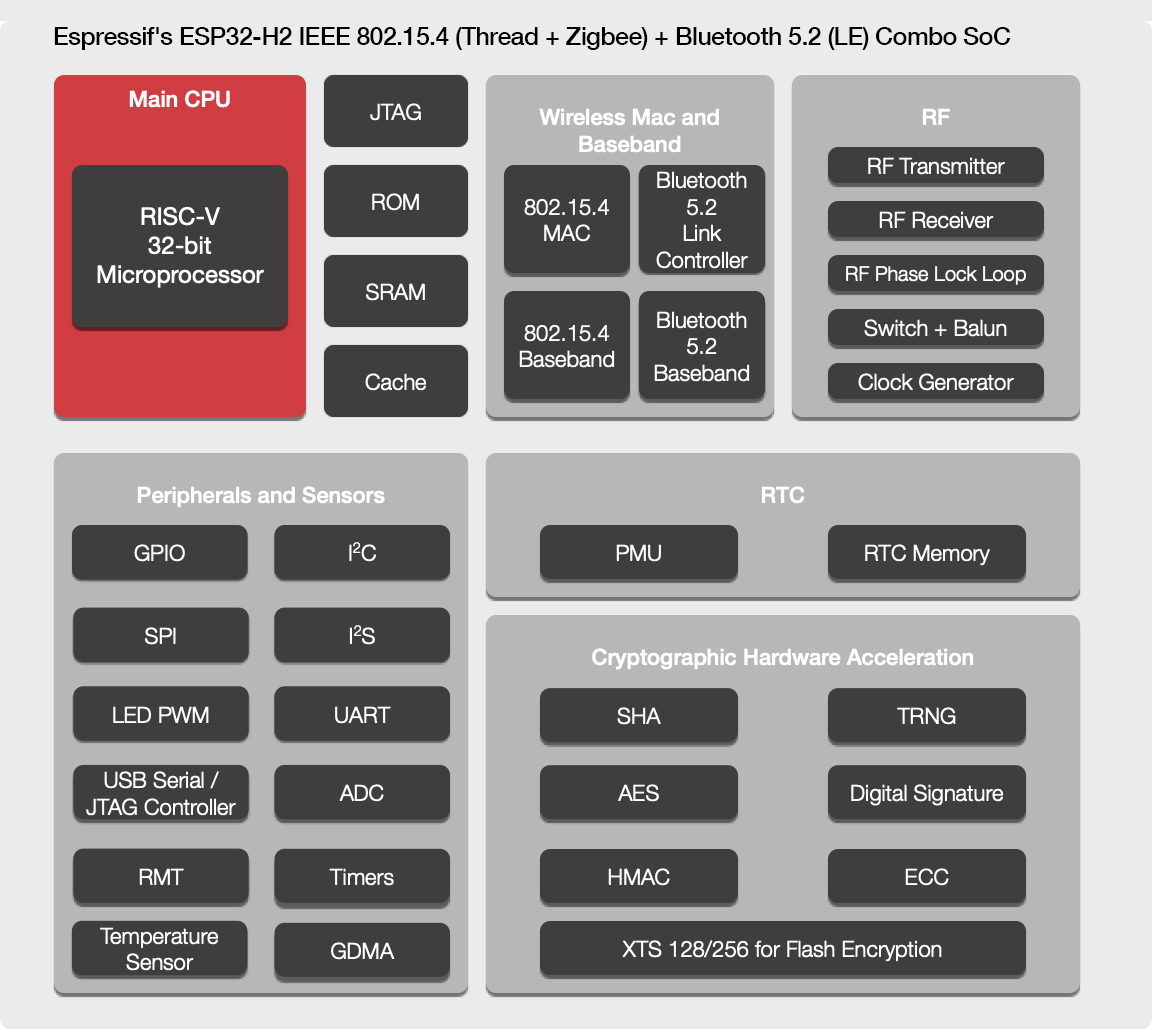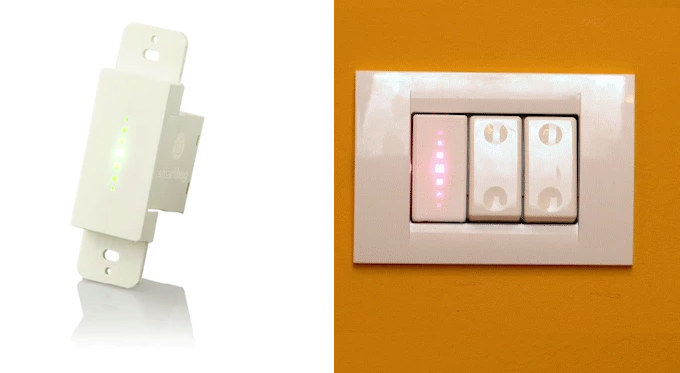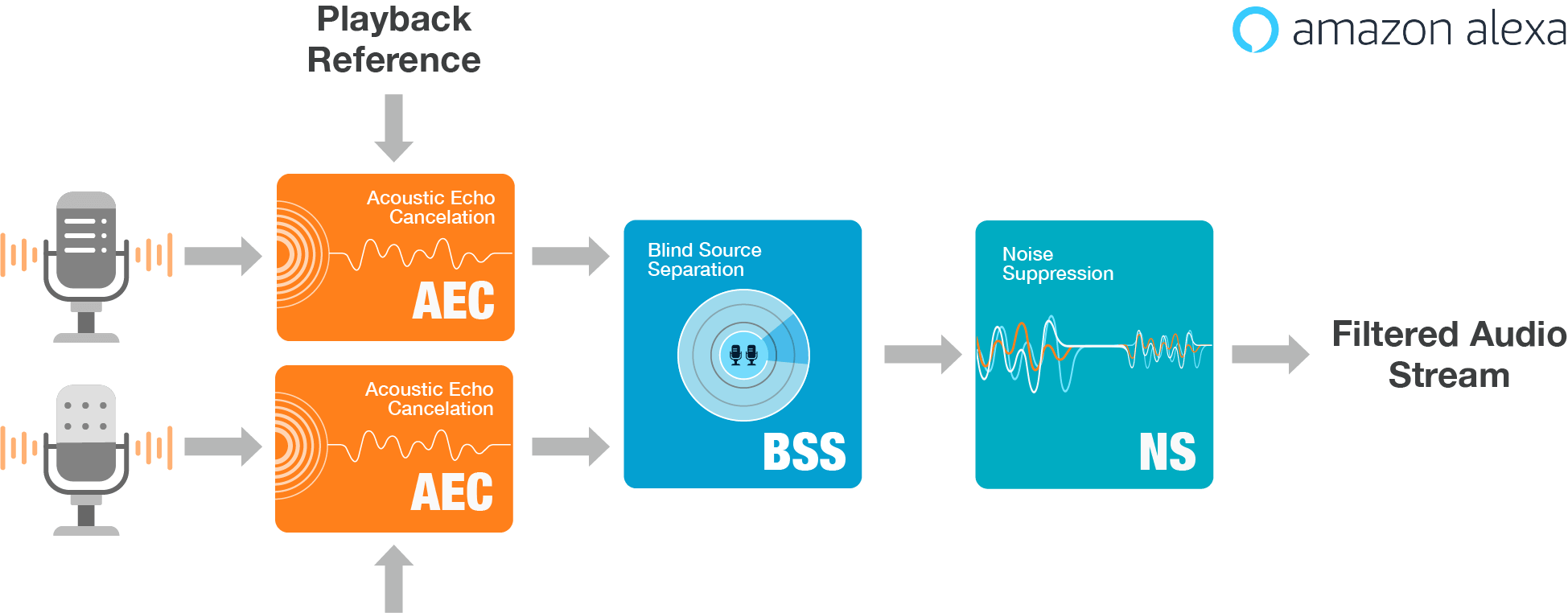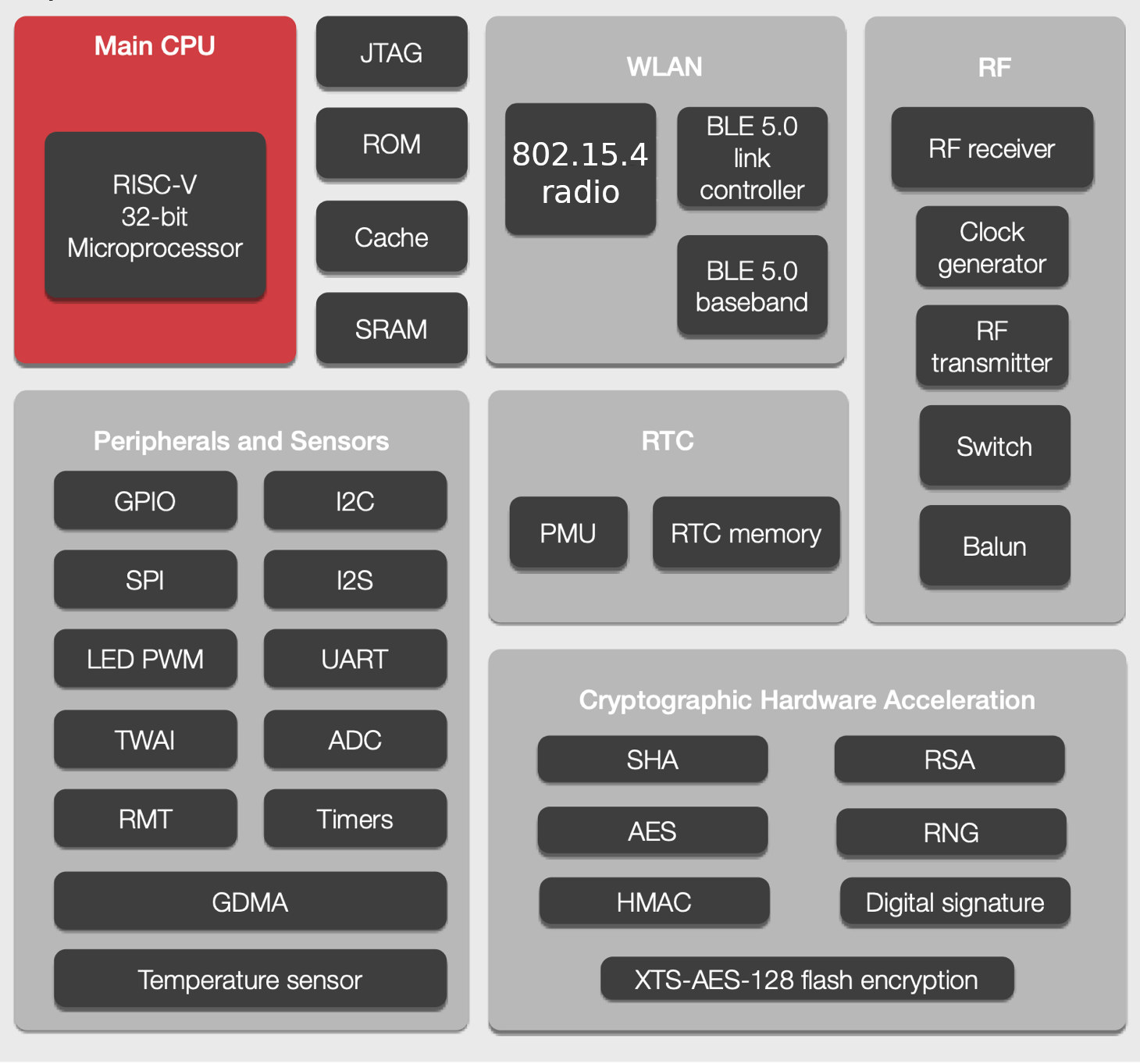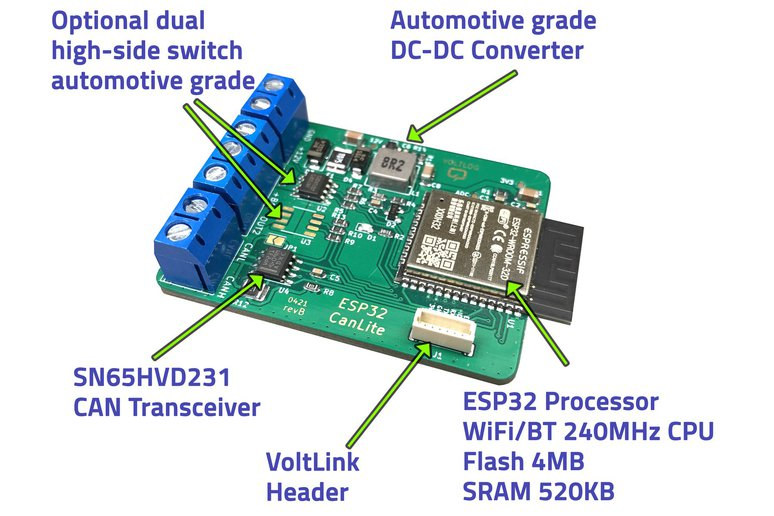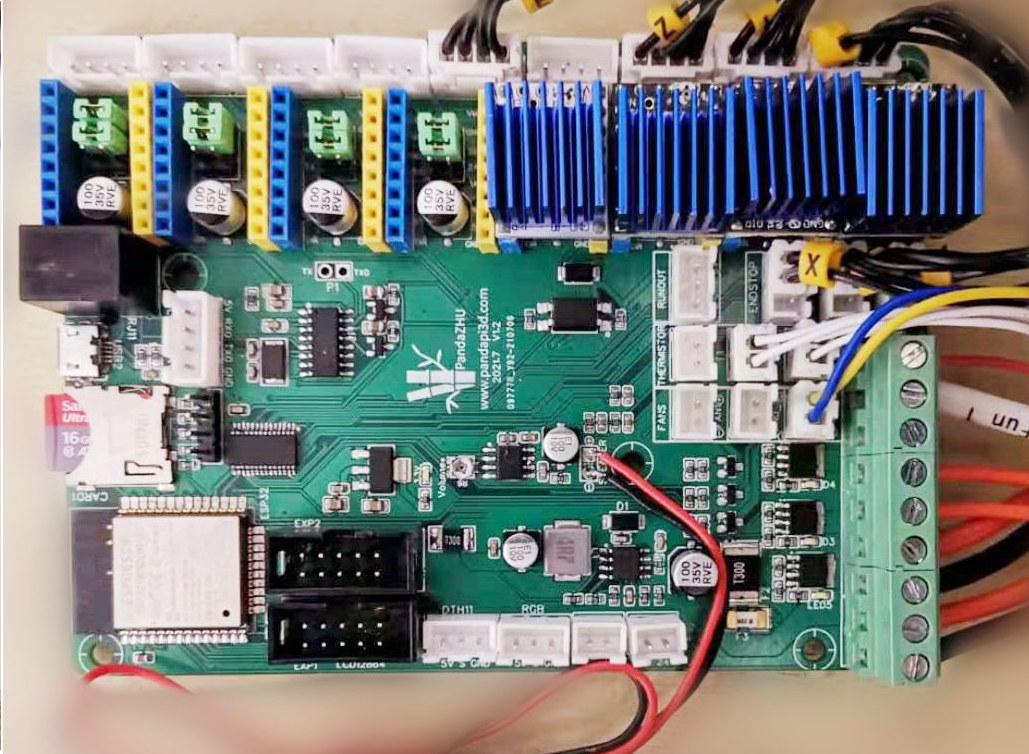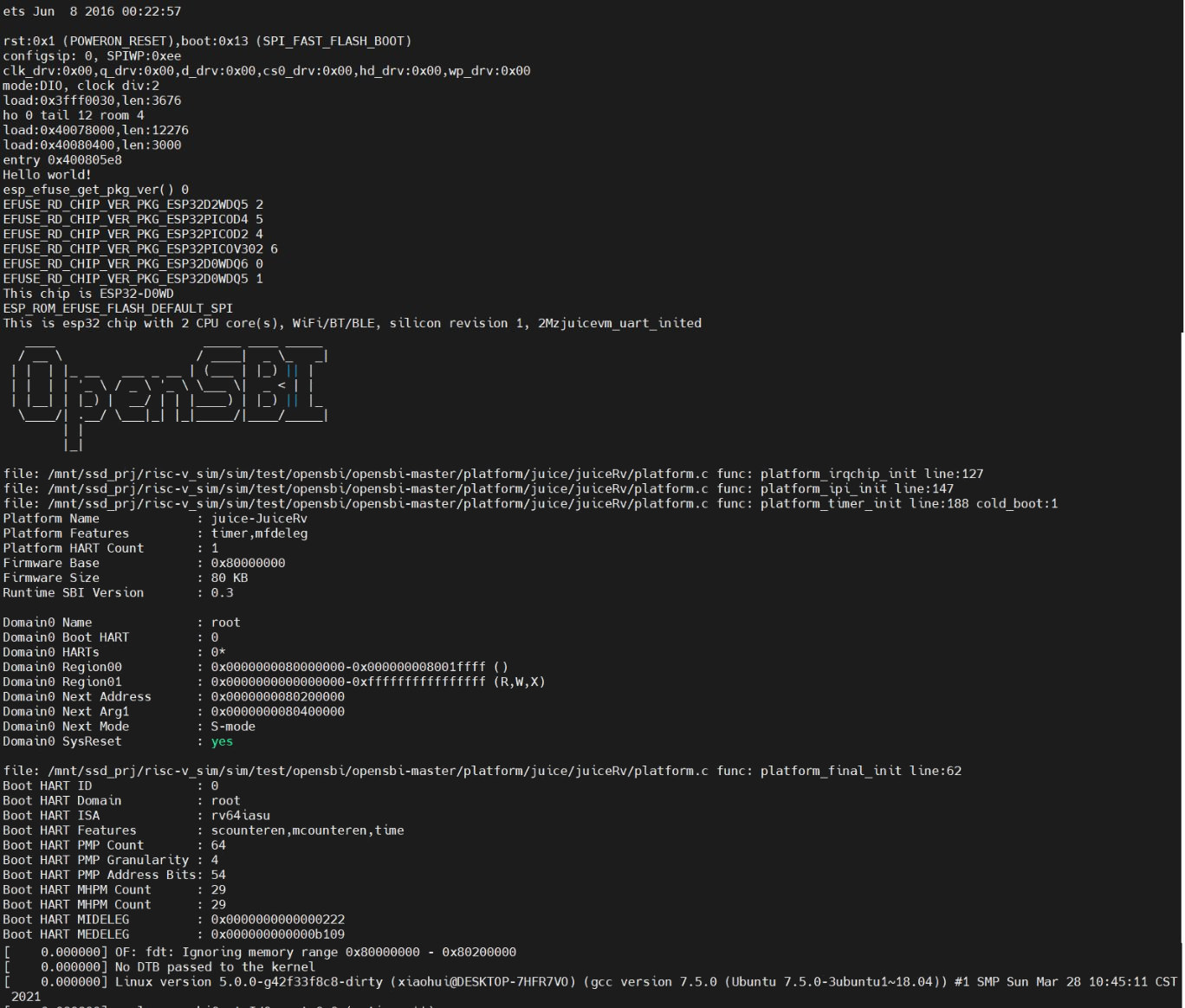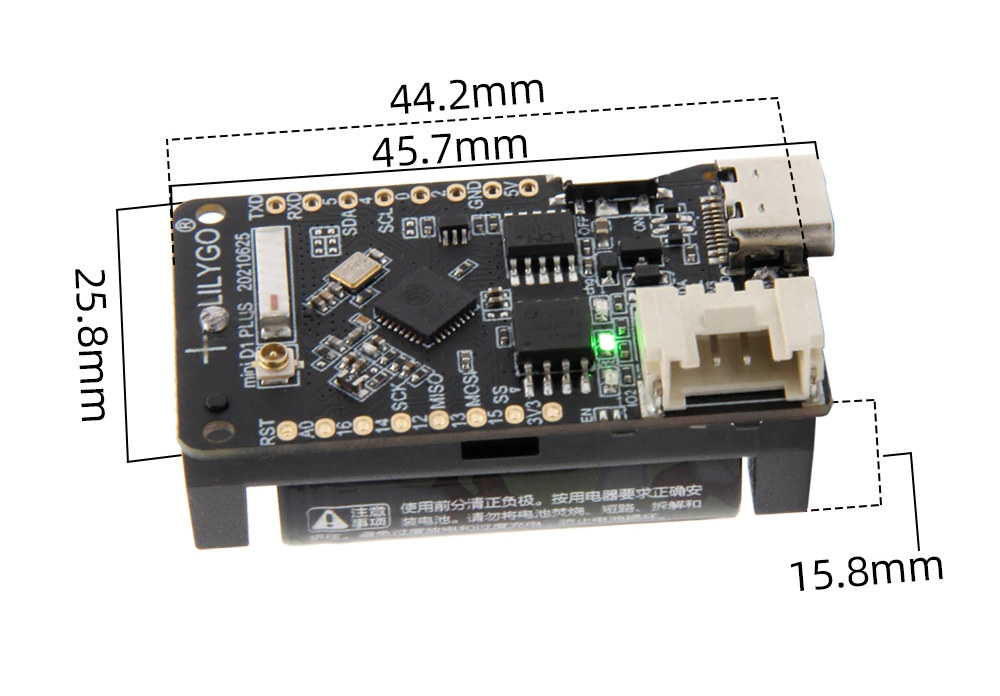Just a few days ago, we noted ESP32-H2 802.15.4 & BLE RISC-V SoC had shown up in the source code, and tried to derive specs and a block diagram from the info seeing it was similar to ESP32-C3, but swapping the WiFi radio for an 802.15.4 radio. We don’t need to guess anymore, as Espressif Systems has just announced ESP32-H2 RISC-V WiSoC with support for Zigbee 3.x, Thread 1.x through the 802.15.4 radio, as well as Bluetooth LE 5.2. So overall it’s very close to what we discussed from the information in the source code with ESP32-H2 highlights including: CPU – 32-bit RISC-V core (at up to 96 MHz) RAM – 256 KB SRAM Storage – External flash support Wireless connectivity IEEE 802.15.4 radio with Zigbee 3.x and Thread 1.x support, Matter protocol Bluetooth 5.2 (LE) radio designed in-house, with support for direct connection, Bluetooth Mesh, Bluetooth LE Audio Future […]
SmartBug smart switch integrates neatly into in-wall sockets (Crowdfunding)
SmartBug is a smart switch based on ESP32 wireless SoC, equipped with several sensors to measure temperature, humidity, power usage, and listen to sounds. It is designed to fit neatly into most in-wall sockets found around the world. Each SmartBug relies on mesh networking to communicate with each other and extend the range, WiFi for Internet connection, and Bluetooth low energy (BLE) to control additional devices without the need for any additional hub. SmartBug’s key features: MCU – 32-bit dual-core microcontroller with WiFi, wireless mesh, Bluetooth LE Connectivity 2.4GHz WiFI 4 Wireless mesh to let SmartBug act as a signal repeater Bluetooth 4.0 and BLE to control home appliances Audio Digital microphone for voices commands, baby crying (only enable if the plugin is downloaded in the app). Buzzer On-Off Relay up to 2200W, both AC and DC. Sensors – Temperature & humidity sensor, built-in power meter (current, voltage, and power) […]
Amazon Alexa certified ESP AFE leverages ESP32-S3 AI & DSP instructions
While most Amazon Alexa certified products are hardware designs, Amazon website also includes a Software Audio Front End (AFE) Dev Kits section that lists software algorithms that optimize audio detection in noisy environments, and the latest addition is Espressif’s Audio Front-End algorithms, or ESP AFE for shorts, that have recently been qualified for Amazon Alexa devices. It’s not the first Alexa certified solution from Espressif Systems, as both companies have worked together in the past with audio products like the ESP32-PICO-V3-ZERO Alexa Connect Kit Module or ESP32-Vaquita-DSPG board The algorithms were created by Espressif’s AI Lab team who used the AI and DSP instructions inside ESP32-S3 processor to optimize the code. The algorithms only utilized 12 to 20% of the CPU, as well as 220 KB of internal and 240 KB of external memory, leaving extra resources for other applications running in the wireless SoC. The ESP AFE is said […]
ESP32-H2 Bluetooth LE & 802.15.4 RISC-V SoC shows up in ESP-IDF source code
Espressif Systems is working on yet another RISC-V chip with ESP32-H2 SoC offering Bluetooth LE and 802.15.4 connectivity showing up in the ESP-IDF framework source code. A code comparison shows ESP32-H2 is very similar to ESP32-C3 with a single RISC-V core, albeit clocked at up to 96 MHz, and the first Espressif SoC without WiFi, as the WiFi radio is replaced with an 802.15.4 radio for Thread, Zigbee, etc… that can be used for the development of Home Automation, Smart Lighting, and wireless sensor network applications. While looking at the source code differences between ESP32-C3 and ESP32-H2, the really only major differences were the 802.15.4 radio and lower maximum frequency, and at the current time, it looks like most of the rest is unchanged, so it’s possible they kept the same amount of RAM (400KB), storage, and most of the same peripherals, but it could just well be the code […]
CanLite ESP32 board for CAN Bus hacking support up to two high-side switches
Voltlog’s CanLite is not the first ESP32 CAN bus board we’ve covered here at CNX Software, having written about Olimex ESP32-EVB and CAN32 boards a few years ago. But the open-source hardware, compact CanLite board offers an alternative for CAN bus hacking with a built-in automotive-grade DC-DC converter as well as an optional two-channel high-side automotive-grade switches capable of switching up to 6A per channel. CANLite key features and specifications: Wireless module – ESP32-WROOM-32D module with Espressif ESP32-D0WD dual-core Tensilica processor, 4MB SPI flash, Wi-Fi 802.11 b/g/n up to 150 Mbps, Bluetooth 4.2 LE Terminal block for CAN Bus (ISO 11898-2 standard) up to 1Mbps via SN65HVD231 CAN transceiver. Output – High-side switching of the VBAT input up to 6A. (only if the option is purchased during checkout). Programming – 6-pin JST-SH VoltLink pin header Power Supply – 12V/0.5A via terminal block Dimensions – TBD The ESP32 CANLite board supports […]
PandaZhu – ESP32 powered 3D Printer controller board supports Marlin 2.0 & ESP3D WebUI
Around two years ago, we noted beta Marlin 2.0 support for ESP32 and some initiatives to create ESP32 powered 3D printer controller boards with built-in WiFi connectivity. Now Marlin 2.0 firmware officially supports ESP32 boards such as FYSETC E4, E4d@BOX, or MRR ESPA. Another ESP32 based 3D printer controller board has now been brought to my attention. PandaZhu supports up to eight motor drivers, up to three heaters, up to three thermistors, one external LCD display, and on the software-side, the board is compatible with Marlin 2.0 as well as ESP3D WebUI. PandaZhu board’s specifications: Wireless module – ESP32-WROOM-32 based on Espressif ESP32 dual-core Xtensa processor @ 240MHz with 520 KB SRAM, plus 4MB flash Connectivity – 802.11b/g/n up to 150 Mbps, Bluetooth 4.2 3D printer peripherals Up to 8x motor drivers Up to 3x heaters Up to 3x thermistors with 30°C to 250°C range, BLTouch auto-leveling sensor with a […]
Linux 5.0 shown to boot on ESP32 processor
ESP32 IoT processor supports up to 8MB PSRAM which makes it just enough to run a minimal version of Linux. There’s little practical application for it, but it may be fun to try, and one developer apparently managed to boot Linux 5.0.0 on a board with an ESP32 dual-core Xtensa processor connected to 8MB PSRAM and a 2MB SPI flash. The shortened boot log above shown the bootloader output with ESP32-D0WD dual-core Xtensa processor eventually booting Linux 5.0.0. But the boot process is somewhat convoluted as the bootloader jumps to “Juice Vm” described as a “small RISC-V virtual machine” which then calls OpenSBI RISC-V Open Source Supervisor Binary Interface which loads the Linux kernel and a small file system. The full boot log and binary images were shared on a Reddit thread and Whycan with the latter in Chinese. The total image size is around 1.5 MB that almost entirely […]
ESP32-C3 board comes with 16340 battery holder, D1 mini compatibility
It looks like ESP32-C3 floodgates have opened. We’ve just written about several NodeMCU ESP32-C3 boards, and now there’s another board with the RISC-V WiFI & Bluetooth processor. Meet LilyGo TTGO T-OI PLUS equipped with a 16340 battery holder. Getting a battery-powered ESP32-C3 board could prove to be very interesting as ESP32-C3 power consumption is much lower than ESP8266 and ESP32, notably in deep sleep mode, where the RISC-V processor consumes just 5uA, against 20 uA for ESP8266 and ESP32, and the difference is even greater in light sleep mode (ESP8266: 2000 uA vs ESP32-C3: 130 uA). LilyGo TTGO T-OI PLUS specifications: SoC – Espressif Systems ESP32-C3 single-core RISC-V processor @ 160 MHz with 2.4 GHz WiFi, Bluetooth 5.0 LE Storage – TBD flash (probably 2MB or 4MB) Antenna – Ceramic antenna and IPEX connector USB – USB-C port for power and programming Expansion 2x 8-pin headers with 12x GPIO, 1x […]


